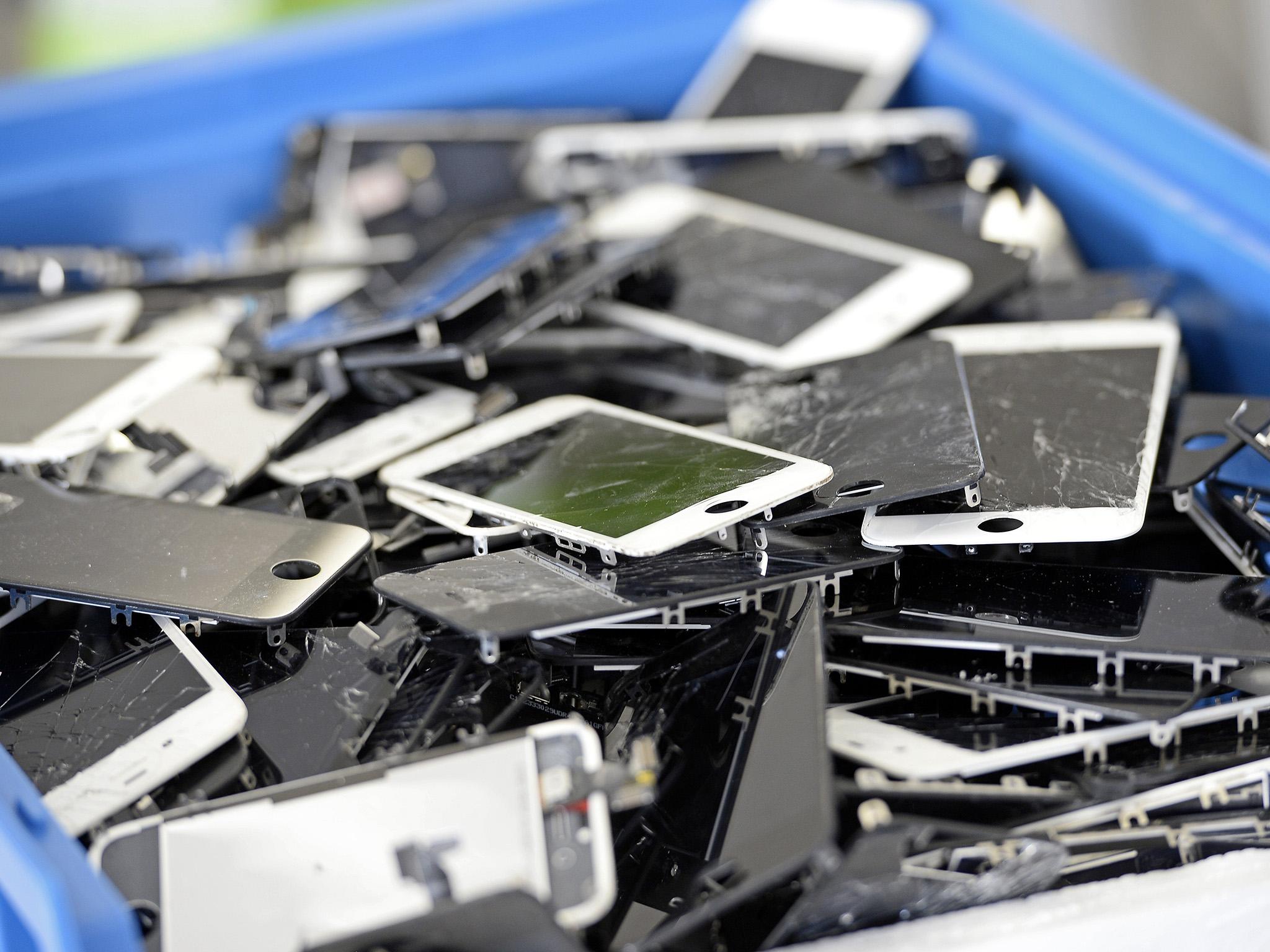Smartphone screens could soon repair themselves thanks to breakthrough self-healing material
Crucially, it can conduct electricity

Your support helps us to tell the story
From reproductive rights to climate change to Big Tech, The Independent is on the ground when the story is developing. Whether it's investigating the financials of Elon Musk's pro-Trump PAC or producing our latest documentary, 'The A Word', which shines a light on the American women fighting for reproductive rights, we know how important it is to parse out the facts from the messaging.
At such a critical moment in US history, we need reporters on the ground. Your donation allows us to keep sending journalists to speak to both sides of the story.
The Independent is trusted by Americans across the entire political spectrum. And unlike many other quality news outlets, we choose not to lock Americans out of our reporting and analysis with paywalls. We believe quality journalism should be available to everyone, paid for by those who can afford it.
Your support makes all the difference.Scientists have developed a self-healing material that could be used for smartphone screens as soon as 2020.
This wouldn’t be the first time we’ve seen so-called “self-healing” technology used in smartphones.
The LG G Flex 2, which came out in 2015, features a “self-healing” back panel that’s claimed to repair “everyday scratches” in ten seconds.
However, Chemists at UC Riverside say that this is the first time scientists have managed to create self-repairing material that’s also capable of conducting electricity, which means it can be used for touchscreens.
It’s made of a stretchable polymer and an ionic salt, and features a type of bond called an ion-dipole force, reports Business Insider.
The researchers say the material can stitch itself back together in less than 24 hours after being torn apart, with its charged ions and polar molecules attracting and aligning to complete the repair.
Gorilla Glass is the screen material of choice for most high-end smartphones right now, but it’s extremely prone to shattering on impact, leaving users to decide between buying a new handset or spending a significant amount of money on a replacement screen.
“Self-healing materials may seem far away for real application, but I believe they will come out very soon with cellphones,” said Chao Wang, a chemist leading the project.
“Within three years, more self-healing products will go to market and change our everyday life. It will make our cellphones achieve much better performance than what they can achieve right now.”
Join our commenting forum
Join thought-provoking conversations, follow other Independent readers and see their replies
Comments